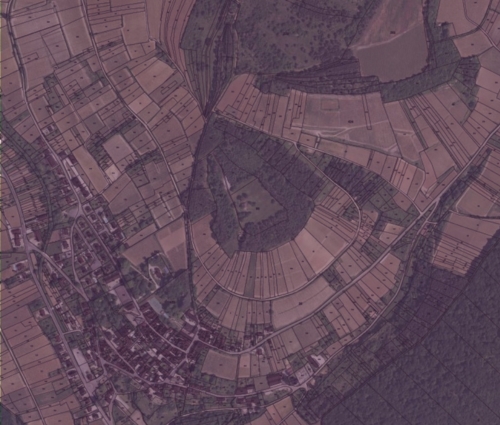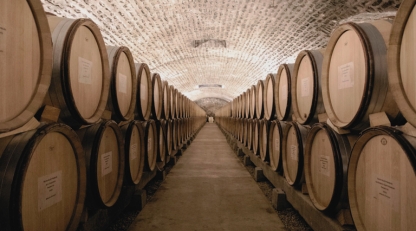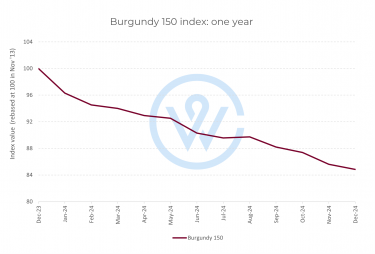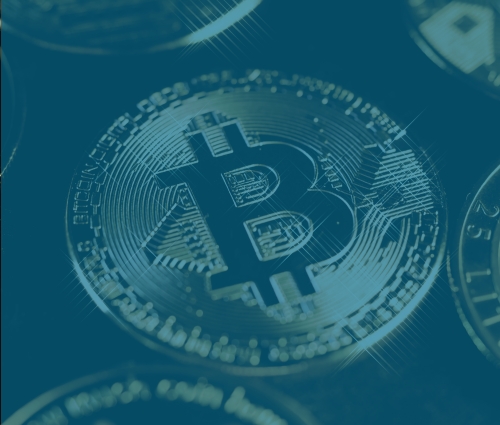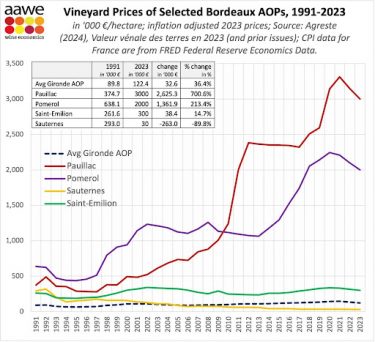Burgundy – one of the world’s most revered and world class wine regions – is a mosaic of tiny appellations, historic villages, and deeply expressive terroirs. Understanding the regions in Burgundy is essential to understanding why it produces some of the most sought-after fine wines on earth.
The region is defined by complexity: geography, ownership, grape variety, and thousands of grand cru vineyards split into small parcels. Yet its most fundamental structure is its five core Burgundy wine regions, each contributing something distinct.
Below, we explore these five regions, spanning from the cool hills of Chablis to the warmer valleys of the Mâconnais.
Burgundy’s regional structure
Burgundy is divided into four contiguous regions and one satellite, creating a long corridor of vineyards running from north to south. Although Beaujolais is sometimes considered part of Burgundy through tradition and style, administratively it belongs to the Rhône.
The total vineyard area is around 30,000 hectares, with more than 80% classified under the AOC system. In terms of volume, Burgundy produces roughly a quarter of Bordeaux’s output, despite its global prestige and smaller surface area.
Chablis (Satellite)
Just two hours southeast of Paris, Chablis is Burgundy’s northern outpost and one of the world’s great sources of white Burgundy, made exclusively from Chardonnay grapes. The region’s identity is defined by its ancient Kimmeridgian limestone soils – once a prehistoric seabed – which lend Chablis its signature minerality.
Chablis wines are known for:
Appellations of Chablis
Chablis is divided into four tiers:
-
Chablis Grand Cru
-
Chablis Premier Cru
-
Chablis
-
Petit Chablis
The Grand Cru vineyards – just seven climats along the Serein River – form one of Burgundy’s smallest and most prestigious fine-wine zones. Premier Cru holdings include celebrated names like Vaillons, Montmains, Fourchaume and Vaulorent.
Côte de Nuits
The Côte de Nuits forms the northern half of the Côte d’Or and is the spiritual home of the world’s greatest Pinot Noir. This narrow strip of hillside produces some of Burgundy’s most celebrated bottles – home to legendary appellations like Gevrey-Chambertin, Morey Saint-Denis, Vosne-Romanée, and the most iconic estate of all, Domaine de la Romanée-Conti.
A long history of prestige
Viticulture here dates to Roman times and expanded significantly under Benedictine and Cistercian monks, who first mapped Burgundy’s concept of climats – the small, precisely defined vineyard sites that shape Burgundy’s identity.
Côte de Nuits Grand Crus
Some of the most revered grand cru vineyards in the world lie here, including:
-
Chambertin
-
Clos Saint-Denis
-
Clos de Vougeot
-
Échézeaux
-
Richebourg
-
Romanée-Conti
-
La Tâche
Demand for these wines is consistently high, driven by rarity, tiny production levels, and global acclaim.
Côte de Beaune
The Côte de Beaune, centred around the historic town of Beaune, is known for producing both exceptional reds and some of Burgundy’s finest white wines, including iconic appellations like Corton-Charlemagne and Puligny-Montrachet.
A region of diversity
Historically, wines from this area were called “Beaune wines,” long before the 1936 AOC system. Today, it remains the beating heart of the Burgundy trade, with many négociants and wine merchants based here.
The Côte de Beaune contains more than 40 Premier Cru climats, producing structured reds and elegant whites prized for their balance and ageing capacity.
Côte Chalonnaise
Located south of the Côte de Beaune, the Côte Chalonnaise produces approachable and high-quality wines from Pinot Noir, Chardonnay, and Aligoté. With southeast-facing slopes and warm summers, the region often delivers excellent ripeness.
Notable appellations
Côte Chalonnaise is home to well-known villages including:
-
Mercurey
-
Givry
-
Montagny
-
Rully
These appellations offer outstanding value compared to their Côte d’Or neighbours. A notable historical moment occurred here when sparkling wines were first produced in Rully and Mercurey – ultimately giving birth to Crémant de Bourgogne.
Mâcconais
The Mâconnais is Burgundy’s southernmost region, characterised by rolling hills, warm climates, and impressive limestone outcrops. Historically, monastic orders – especially the Abbey of Cluny – played a significant role in cultivating vineyards here as early as 909.
Wine styles
Around 80% of vineyards are planted to Chardonnay, producing wines that are richer and more fruit-forward than those of the north. The region also grows Gamay and small amounts of Pinot Noir.
The Mâconnais is home to several renowned appellations, including:
-
Pouilly-Fuissé
-
Pouilly-Vinzelles
-
Saint-Véran
-
Viré-Clessé
These areas consistently offer superb quality and excellent value while maintaining Burgundy’s signature minerality and precision.
Final thoughts
Burgundy’s complexity is part of what makes it magical. From the steely purity of Chablis to the haunting depth of Vosne-Romanée and the crystalline brilliance of Puligny-Montrachet, each region offers its own interpretation of Pinot Noir and Chardonnay.
Together, these Burgundy wine regions form one of the most fascinating and diverse wine landscapes in the world – one whose depth, history, and craftsmanship continue to captivate wine lovers and collectors globally.
Looking for more? Read our Burgundy Regional Report, which delves into the fundamentals of this fascinating region and the development of its investment market.

